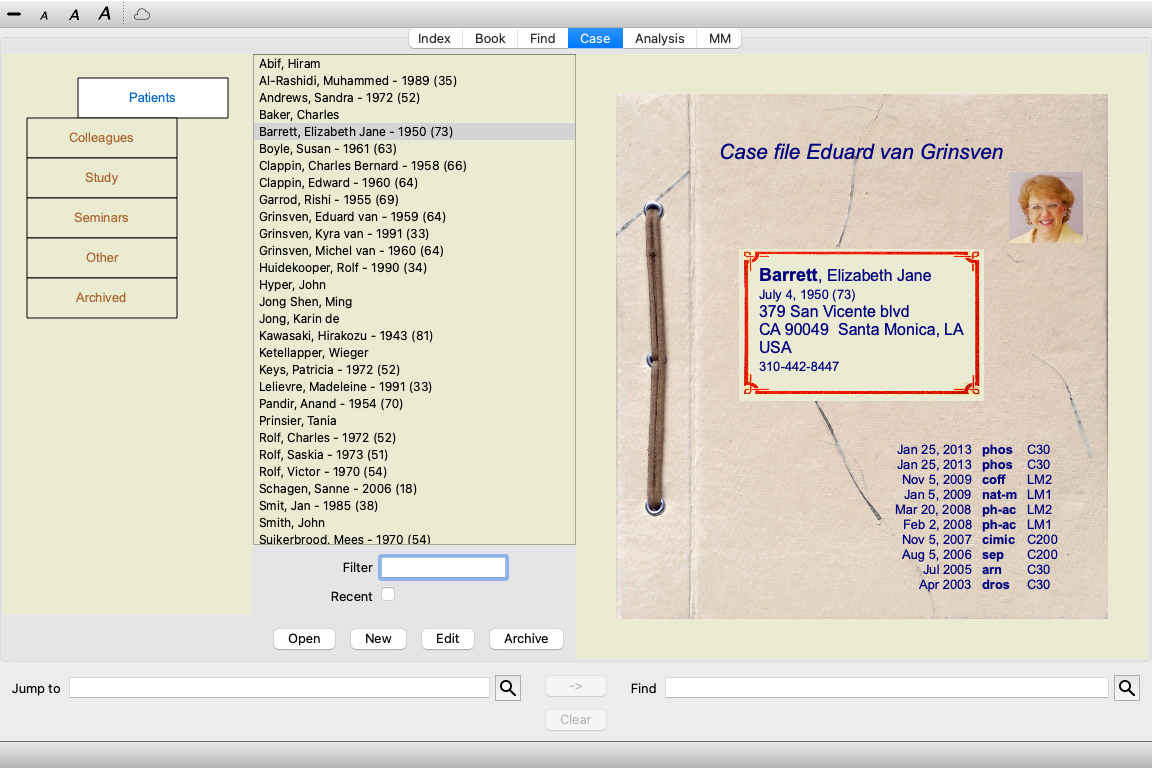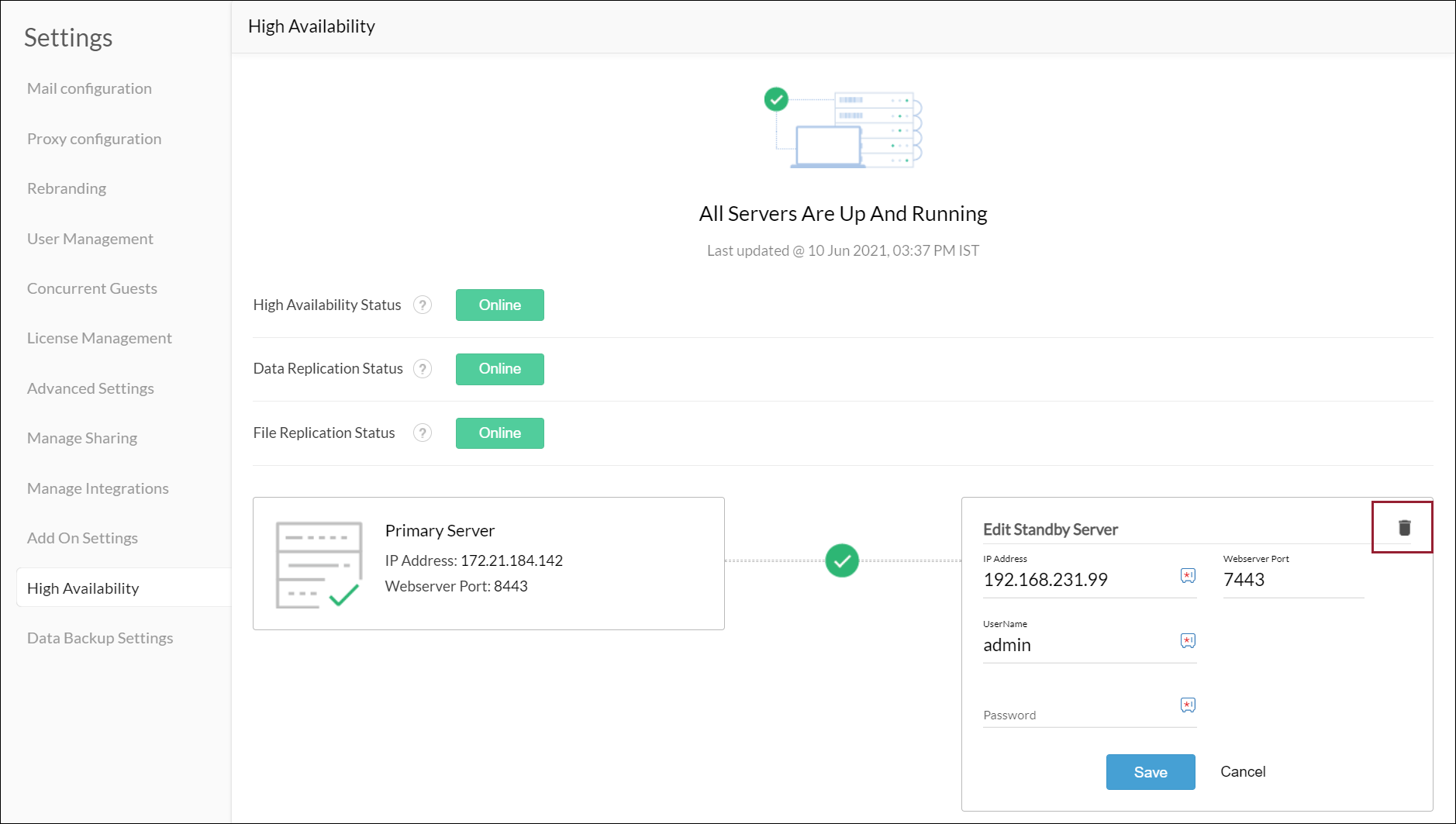

- COMPLETE DYNAMICS WHERE ARE BACKUPS FILES LOCATED HOW TO
- COMPLETE DYNAMICS WHERE ARE BACKUPS FILES LOCATED FULL
- COMPLETE DYNAMICS WHERE ARE BACKUPS FILES LOCATED WINDOWS
COMPLETE DYNAMICS WHERE ARE BACKUPS FILES LOCATED FULL
More importantly, Vembu BDR is able to leverage the presence of disk images with full read/write access on demand in a number of significant ways, including the need of many data protection packages to run backups directly on a VM to protect and recover application-level data items.īy mounting the logical disks of a vSphere VM in a virtual drive as local disk files, Vembu BDR is able to implement application-level backup and recovery functions that would typically require a full backup agent installed on the original VM’s host OS.

img, on a virtual drive created on the Vembu BDR server. In particular, by applying formatting utilities to VembuHIVE documents, Vembu BDR is able to present a full disk image associated with a VM backup in multiple disk formats, such as. With VembuHIVE acting as a virtual file system, the functionality of the Vembu BDR product can be extended by introducing modules that mimic advanced OS file system utilities that provide such feature as de-duplication, error correction, and version control. During a full backup of the Exchange VM, the Vembu BDR service streamed processed data into VembuHIVE using blocks that averaged just under 3 MB.īy replacing structural metadata related to a VM host’s file system with content metadata, before Vembu BDR commits the data to a document in VembuHIVE, enables Vembu to virtualize VembuHIVE as a file system, with respect to backup documents. Next, Vembu BDR encodes the processed data with content metadata and streams the new collection of processed data and content metadata as documents into the VembuHIVE document-oriented database using very large data blocks. The scalability of a document-oriented database has been leveraged by a number of large commercial websites, including eBay.ĭuring a backup, the Vembu BDR service, which handles all backup and recovery functions on the Vembu BDR server, de-duplicates and compresses data from an image and block-based backups. Moreover, the value-key construct for documents creates a database that is highly scalable through the simple addition of storage and compute resources. In addition, every document in a document-oriented database can be retrieved using a unique key for the document and can be queried on its content using the encoding language as a query language. Like a file, a document can store any data without following a strict schema. Rather than store image backups of VMs and block-level backups of physical and VM guest host systems as a collection of backup files, Vembu BDR utilizes a document-oriented database as a backup repository, dubbed VembuHIVE, which Vembu virtualizes as a file system.ĭocuments in a document-oriented database encapsulate information encoded in value-key pairs using a language, such as XML or JavaScript Object Notation (JSON).
COMPLETE DYNAMICS WHERE ARE BACKUPS FILES LOCATED HOW TO
This paper examines how to use Vembu BDR to implement distributed backup and disaster recovery (DR) operations in a centrally managed data protection environment with an ingenious twist.

COMPLETE DYNAMICS WHERE ARE BACKUPS FILES LOCATED WINDOWS
pst files from a host-level agentless VM backup with no need to schedule a Windows Client backup initiated within the VM’s guest Windows OS Restore a fully functional VM in less than 5 minutes as a Hyper-V VM capable of sustaining an indefinite load of 4 Outlook TPS.Finish crash-consistent incremental agentless backups in 18 minutes, while processing our base transaction load of 12 Outlook TPS.Using this load level, we established performance baselines for a data protection using direct SAN-based agentless VM backups. Each user received 120 messages and sent 20 messages over an 8-hour workday. To test backup performance, we created 2,000 AD users and utilized LoadGen to generate email traffic. This paper provides technically savvy IT decision makers with the detailed performance and resource configuration information needed to analyze the trade-offs involved in setting up an optimal data protection and business continuity plan to support a service level agreement (SLA) with line of business (LoB) executives. Each of the mailbox databases was configured to support 1,000 user accounts. For this test we utilized a vSphere VM configured with three logical disks located on separate datastores to support an Exchange server with two mailbox databases. agentless) data protection solution in a VMware vSphere 6.5 HA Cluster.

In this analysis, openBench Labs assesses the performance and functionality of the Vembu Backup & Disaster Recovery (BDR) host-level (a.k.a.


 0 kommentar(er)
0 kommentar(er)
